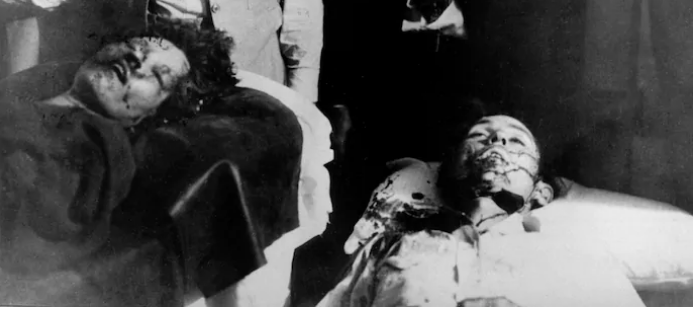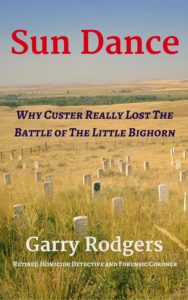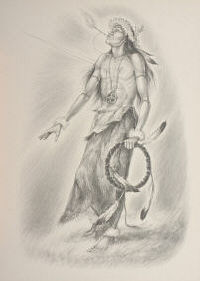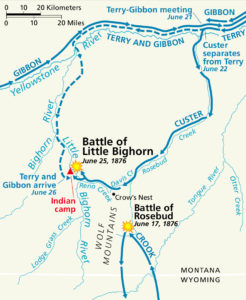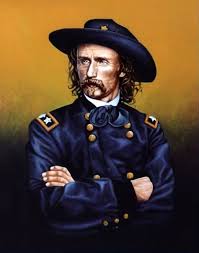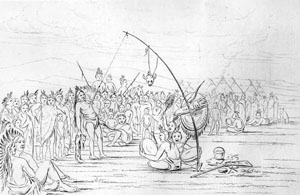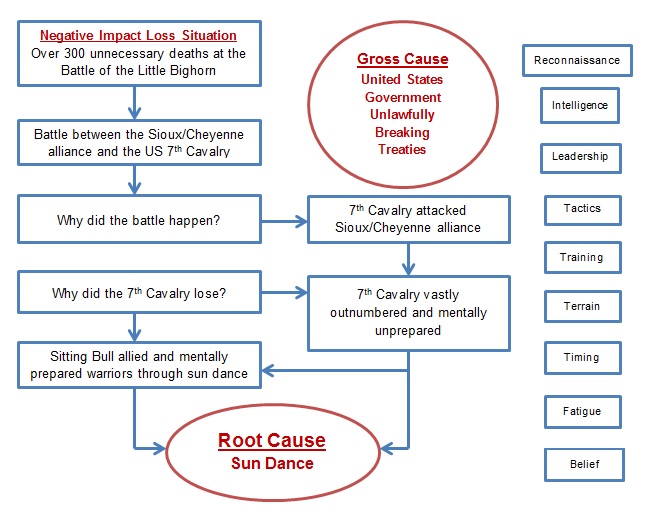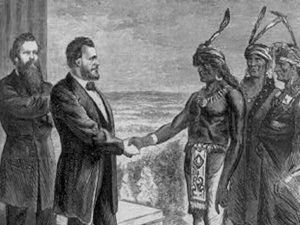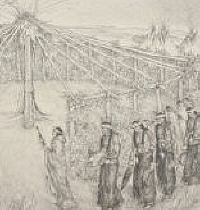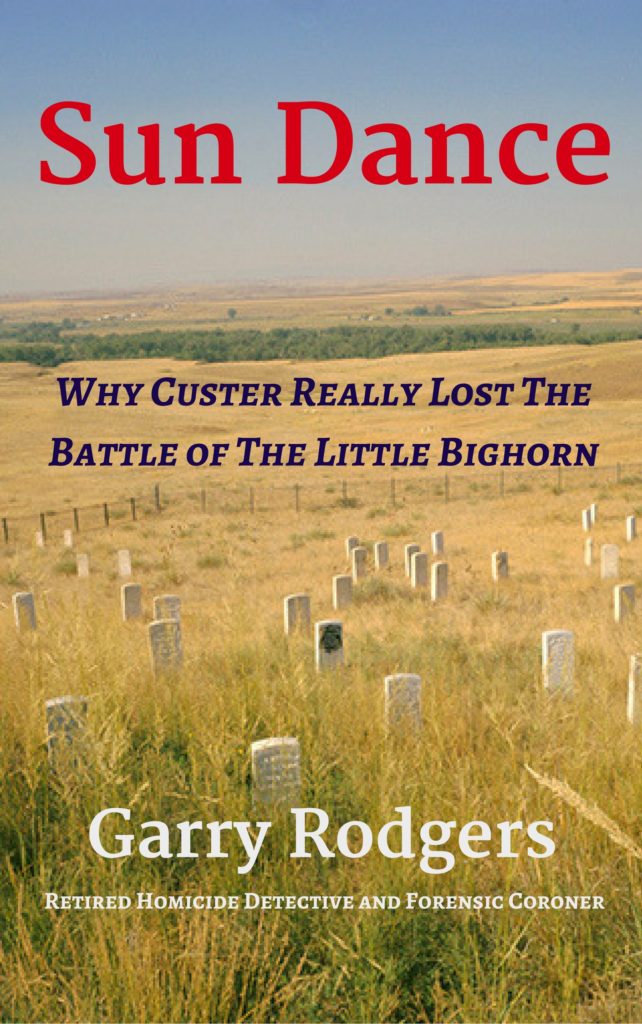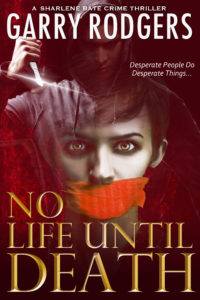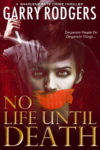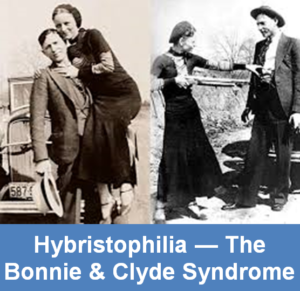 Why do good girls love bad boys? Why would any woman in her right mind fall for a murderous bank robber, a child sexual slayer, or a psychopathic serial killer? As crazy as it sounds, this frequently happens. It’s so common that the American Psychological Association and the DSM-5 have a term for this psychiatric paraphilia disorder—hybristophilia. On the street, and around the net, hybristophilia is called the Bonnie & Clyde Syndrome.
Why do good girls love bad boys? Why would any woman in her right mind fall for a murderous bank robber, a child sexual slayer, or a psychopathic serial killer? As crazy as it sounds, this frequently happens. It’s so common that the American Psychological Association and the DSM-5 have a term for this psychiatric paraphilia disorder—hybristophilia. On the street, and around the net, hybristophilia is called the Bonnie & Clyde Syndrome.
Few people haven’t heard of the infamous gangster duo, Bonnie Parker and Clyde Barrow. The Barrow gang roamed the American south in the 1930s. By best accounts, Bonnie & Clyde and the gang cold-bloodedly gunned down and shot dead 13 people. Seven were law enforcement officers trying to catch them or prevent their escape.
If you don’t know of Bonnie & Clyde’s escapades, we’ll look into that shortly. We’ll also try and make sense of what Bonnie Parker saw in Clyde Barrow, and why she willingly partook in a string of senseless slayings. First, let’s examine what hybristophilia is and how it slots as an identified mental disorder.
The American Psychological Association (APA) defines hybristophilia as: sexual interest in and attraction to those who commit crimes. In some cases, this may be directed toward people in prison for various types of criminal activities. Hybristophilia is a common form of paraphilia.
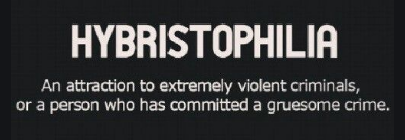 The APA goes on to define paraphilia as: in DSM–IV–TR, any of a group of disorders in which unusual or bizarre fantasies or behavior are necessary for sexual excitement. The fantasies or acts persist over a period of at least 6 months and may take several forms: preference for a nonhuman object, such as animals or clothes of the opposite sex; repetitive sexual activity involving real or simulated suffering or humiliation, as in whipping or bondage; or repetitive sexual activity with nonconsenting partners. Paraphilias include such specific types as fetishism, frotteurism, pedophilia, hybristophilia, exhibitionism, voyeurism, sexual masochism, sexual sadism, and necrophilia. In DSM–5, a paraphilia is considered a paraphilic disorder only if it causes distress or impairment to the individual or if its practice has harmed or risked harming others.
The APA goes on to define paraphilia as: in DSM–IV–TR, any of a group of disorders in which unusual or bizarre fantasies or behavior are necessary for sexual excitement. The fantasies or acts persist over a period of at least 6 months and may take several forms: preference for a nonhuman object, such as animals or clothes of the opposite sex; repetitive sexual activity involving real or simulated suffering or humiliation, as in whipping or bondage; or repetitive sexual activity with nonconsenting partners. Paraphilias include such specific types as fetishism, frotteurism, pedophilia, hybristophilia, exhibitionism, voyeurism, sexual masochism, sexual sadism, and necrophilia. In DSM–5, a paraphilia is considered a paraphilic disorder only if it causes distress or impairment to the individual or if its practice has harmed or risked harming others.
The DSM-5, by the way, is the Diagnostic and Statistical Manual of Mental Disorders Edition 5 (V) which is the go-to book for psychiatric and psychological assessment of brain-thought and behavior abnormality. It’s published by the American Psychiatric Association. People have gone to their executions, or been excused from them, based upon how they fit into the DSM-5.
Hybristophilia is a disorder. It’s not a crime or offense. However, actions stemming from being hybristophilic often lead to serious criminal involvement when the woman aides, abets, or otherwise helps the male she’s infatuated with carry out his crimes. Such was the case of Bonnie Parker.
“Hybristophilia” derives from the Greek words “hubrizein” which means “to commit an outrage against someone” and “philo” which means “having a strong affinity/preference for”. In pop-culture, it’s the Bonnie & Clyde Syndrome which includes prison groupies who fall for dangerous inmates. The broadest sense of hybristophilia is “a general attraction towards partners who display dark triad personality traits” or good girls loving bad boys.
Before examining why Bonnie loved Clyde, I know of two modern-day, high-profile hybristophilia cases—one I was personally involved with. In 1994, Shannon Murrin raped and strangled 8-year-old Mindy Tran. Murrin transported Mindy’s tiny body in a suitcase, buried her body in a park, and brought the suitcase home. I was instrumental in recovering the suitcase and processing the DNA evidence. Unfortunately, the jury acquitted Murrin based on a inexcusable investigation error made by a senior and more-experienced police officer.
I testified at Murrin’s jury trial. As customary for professional witnesses, I spoke directly to the jury members when answering prosecution and defense counsel questions. I was on the stand a long time, and I distinctly recall an abnormality in one female juror. Normally, jurors are riveted on witness testimony and keep eye contact with the one-on-the-stand. I couldn’t help but notice one female juror, Kathy MacDonald, had her gazed fixed on Shannon Murrin who was in the prisoner box to my right—not on me. After the trial, Kathy MacDonald married Murrin. She’d fallen to hybristophilia.
Another case here in Vancouver played out in the news. Gangster Peter Gill was on trial for murder. Juror Gillian Guess sat in his judgment, and she was having sexual relations with him (after court hours) during the time the trial was underway. Gill, too, got off when Guess hung the jury. Classic, classic hybristophilia.
Anyway, on to Bonnie & Clyde.
 Bonnie Parker was born in 1913 in a small Texas town. Her dad died when she was one, and her mother raised Bonnie in the grandparent’s home while holding down a full-time seamstress job. By all accounts, Bonnie was bright and gifted as an award-winning writer and young actress. At fifteen, Bonnie became infatuated with a bad boy named Roy Thorton who eventually went to jail for bank robberies and was shot dead by guards while escaping.
Bonnie Parker was born in 1913 in a small Texas town. Her dad died when she was one, and her mother raised Bonnie in the grandparent’s home while holding down a full-time seamstress job. By all accounts, Bonnie was bright and gifted as an award-winning writer and young actress. At fifteen, Bonnie became infatuated with a bad boy named Roy Thorton who eventually went to jail for bank robberies and was shot dead by guards while escaping.
Bonnie never divorced Thorton, but she took up with Clyde Barrow as soon as Thorton went to jail. Clyde was another bad boy who was two years older than Bonnie. They met in 1930 and immediately hit it off. Clyde was in and out of jail for robberies and made parole in February 1932. Bonnie was waiting for him.
The pair formed the Barrow Gang right at the height of gangsterism where the Roaring Twenties ended and the Dirty Thirties of the Depression set in. It was the Public Enemy era. The two became the glam-couple of gangsters and were as much infatuated by the public as Bonnie was with Clyde. One take I read while researching this piece was that if Bonnie & Clyde were active today, they’d have more Instagram and Twitter followers than the Kardashians.
Various hoodlums rolled in and out of the Barrow gang. It was life in the fast lane for Bonnie & Clyde, and the public saw something in this pair that no other gangsters had. Not Al Capone. Not John Dillinger. Not Baby-Faced Nelson or Pretty-Boy Floyd. Not Alvin “Creepy” Karpas. Not Machine-Gun Kelly. And certainly not Ma Barker.
Bonnie & Clyde had illicit sex.
Illicit, extra-marital sex was the way of life for wild and young, still-married Bonnie and her single boy-toy Clyde. The public ate it up, envisioning them roaming town to town and hideout to hideout, spending more time spanking each other between clean sheets than they did doing banks.
 Part of the Bonnie & Clyde story that fueled the fascination was a camera left behind at a Louisiana safe-house. The lawmen missed the Barrow Gang, but they recovered the film which a newspaper company developed and got the infamous photo of Bonnie with her left foot on a stolen Ford’s bumper, her right hand holding a chrome-plated revolver, and a cigar chomped in her teeth.
Part of the Bonnie & Clyde story that fueled the fascination was a camera left behind at a Louisiana safe-house. The lawmen missed the Barrow Gang, but they recovered the film which a newspaper company developed and got the infamous photo of Bonnie with her left foot on a stolen Ford’s bumper, her right hand holding a chrome-plated revolver, and a cigar chomped in her teeth.
There were more Bonnie & Clyde photos in that roll. They hit the news wires going viral the way it would have done today on the net. If Bonnie & Clyde weren’t celebrity household names before the pics, they sure were then.
All historical accounts place Bonnie as a following accomplice, not a killer in her own right. Clyde was the mastermind and the ringleader. He was a dominant force. She was submissive. Their lives ended in a massive shootout with law enforcement officers on May 23, 1934, in Bienville Parish, Louisiana.
The public attention to Bonnie and Clyde’s deaths was outrageous. Before their bullet-ridden bodies were extracted from a car, hordes descended on the little town of Arcadia. Regular citizens defied police and did what they could to collect souvenirs like locks of dead Bonnie’s hair and swatches of her clothes. Others tried to cut off Clyde’s trigger finger and one of his ears.
Bonnie was a fatalist. She knew their run would end, and Bonnie wrote so in a poem sent to her mother. It was titled End Of The Line.
They don’t think they’re too smart or desperate
They know the law always wins
They’ve been shot at before
But they do not ignore
That death is the wages of sin
Some day they’ll go down together
And they’ll bury them side by side
To a few it’ll be grief
To the law a relief
But it’s death for Bonnie and Clyde
So what was going on in Bonnie’s mind? It’s tough to make sense of why good girls love bad boys. You won’t find the answer in the DSM-5. Maybe forensic psychiatry professor Katherine Ramsland got it right with these traits that seem common to women with hybristophilia.
Low self-esteem
Lack of a father figure
Belief they can change a bad man
Seeing the little boy in him and wanting to nurture
Hoping to share the media spotlight and gain notoriety
The notion there’s no perfect man but knowing the man can provide
A primal instinct that alpha male dominant genes provide strong offspring
Bonnie Parker’s life with Clyde Barrow was anything but glamorous, as the media of the time painted it. Bonnie and Clyde were constantly on the run. Sure, they had sex, probably lots of sex, but they didn’t have clean sheets or a rented room. Sex was in cramped back seats of stolen cars they had to sleep in, because their pictures were everywhere, and they couldn’t rent a room with clean sheets for fear of being turned in for the reward on their heads.
They ate poorly—Bonnie died with a bologna sandwich in her hand—and they bathed in cold creeks, and they limped when they walked. Clyde had two toes cut off in prison. Bonnie had one leg severely burned in a getaway automobile accident.
The posters on Bonnie & Clyde didn’t say Wanted Dead or Alive. Bounty was for their corpses which were so mutilated by gunshots that their embalmer couldn’t stop the fluid leakage. And they weren’t buried side by side as they’d asked. Death defied them a final resting place. They’re in separate Dallas cemeteries.
What led Bonnie Parker down such a road of destruction with Clyde Barrow? Hybristophilia. The Bonnie & Clyde Syndrome.


